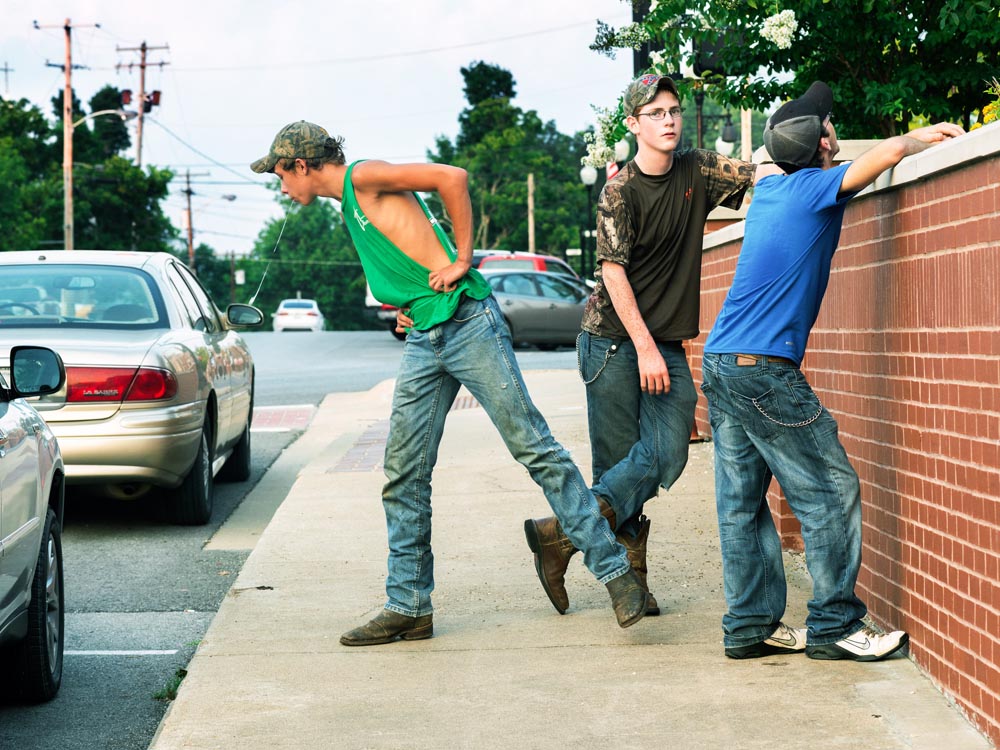
The Spit, 2019, Archival Pigment Print, 18x24"
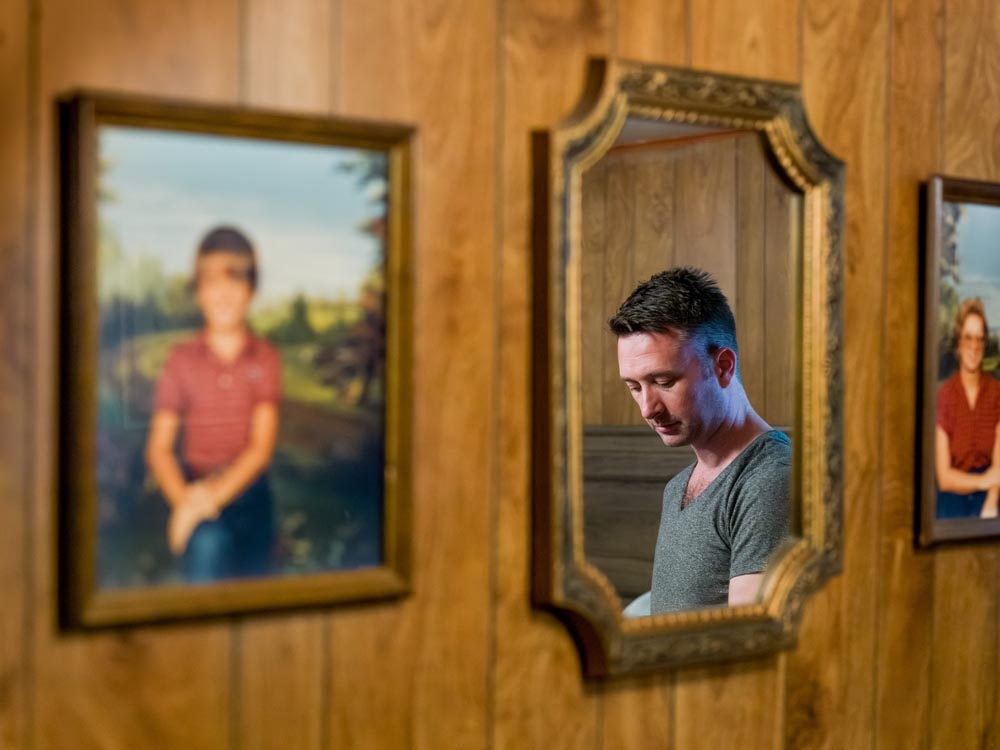
Two Eriks and Pamela, 2018, Archival Pigment Print, 18x24"

The Storm, 2022, Archival Pigment Print, 18x24"

David (Shooting), 2022, Archival Pigment Print, 18x24"
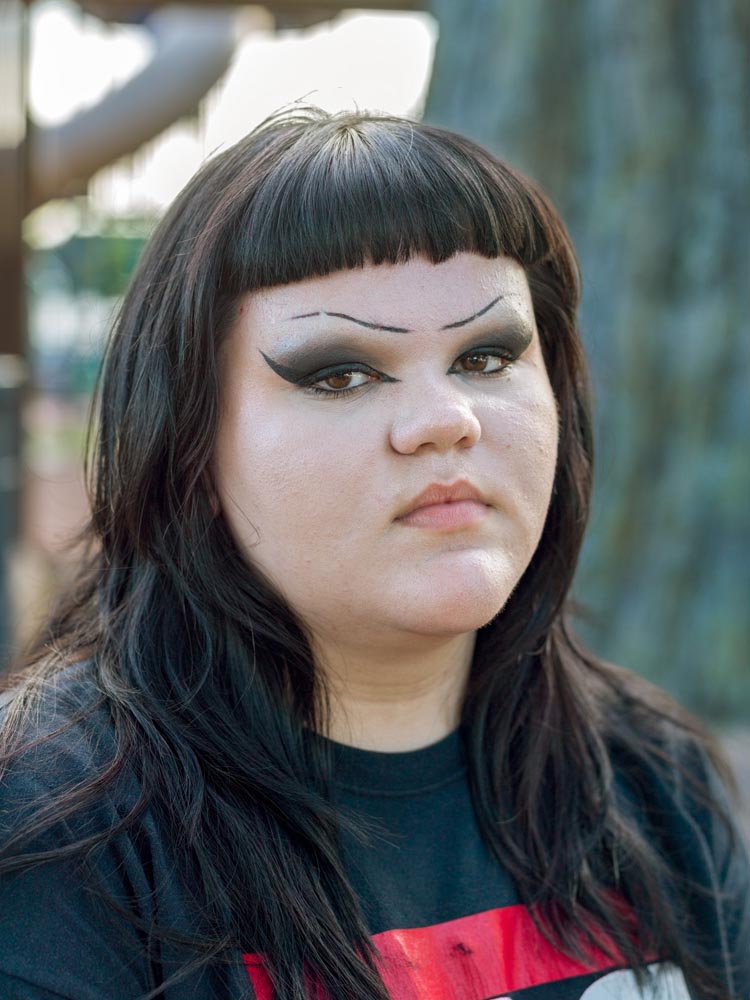
Girl in Owensboro, 2022, Archival Pigment Print, 18x24"
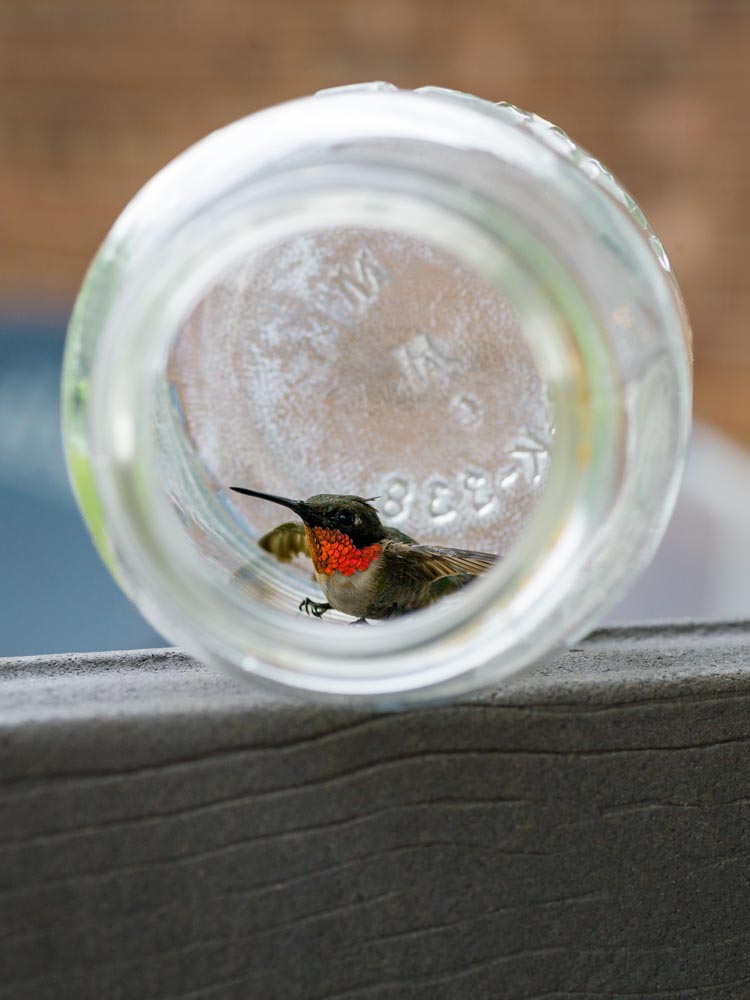
Hummingbird in Mason Jar, 2022, Archival Pigment Print, 18x24"
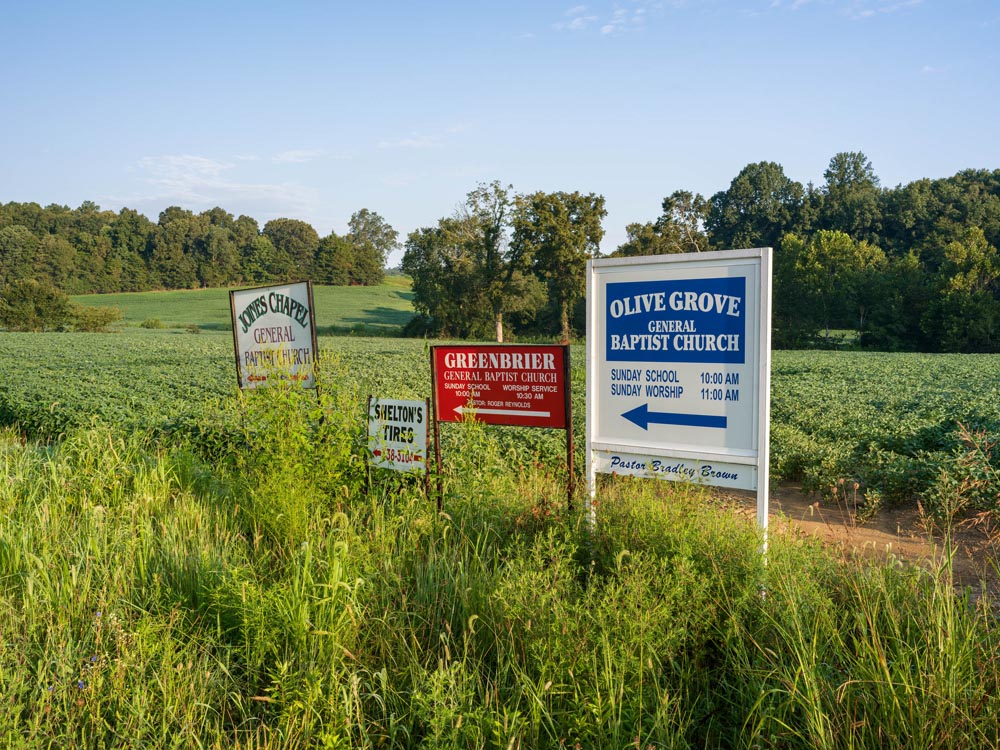
Three Baptist Church Signs and Shelton's Tires, 2023, Archival Pigment Print, 18x24"
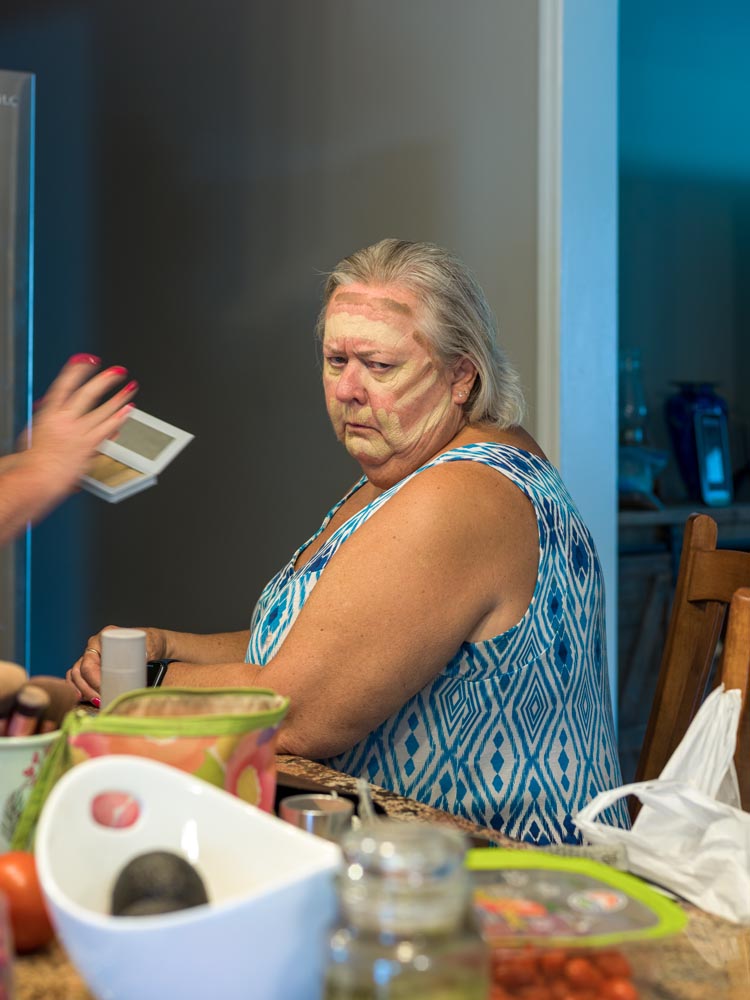
Pam (Contouring), 2022, Archival Pigment Print, 18x24"
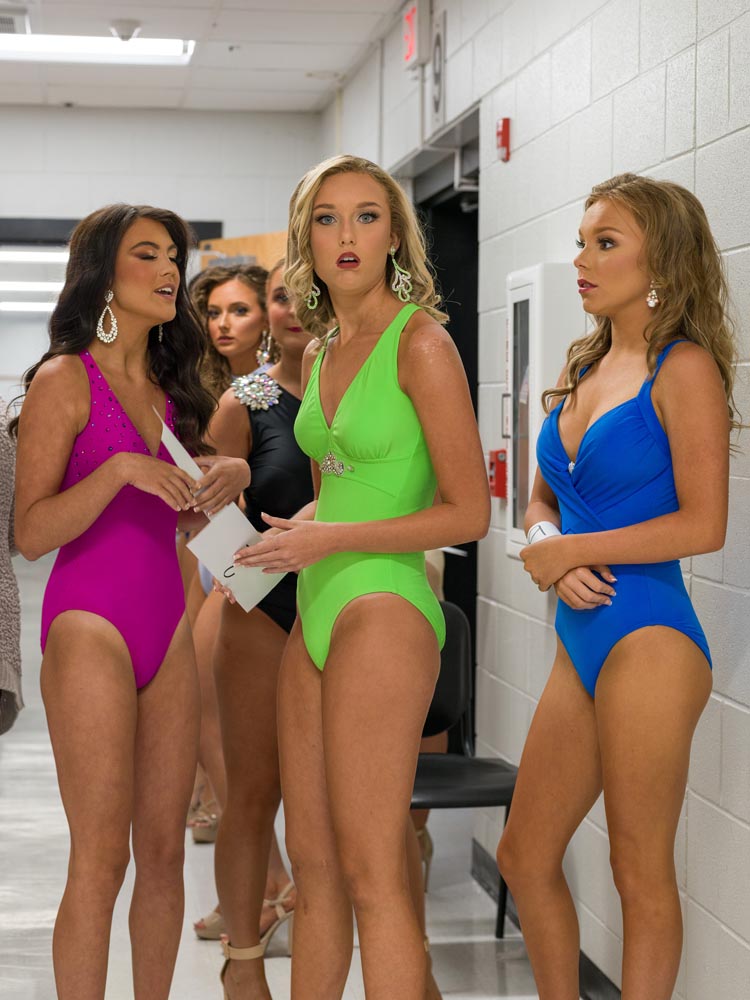
Miss Muhlenberg Pageant (Swimsuits), 2022, Archival Pigment Print, 18x24"
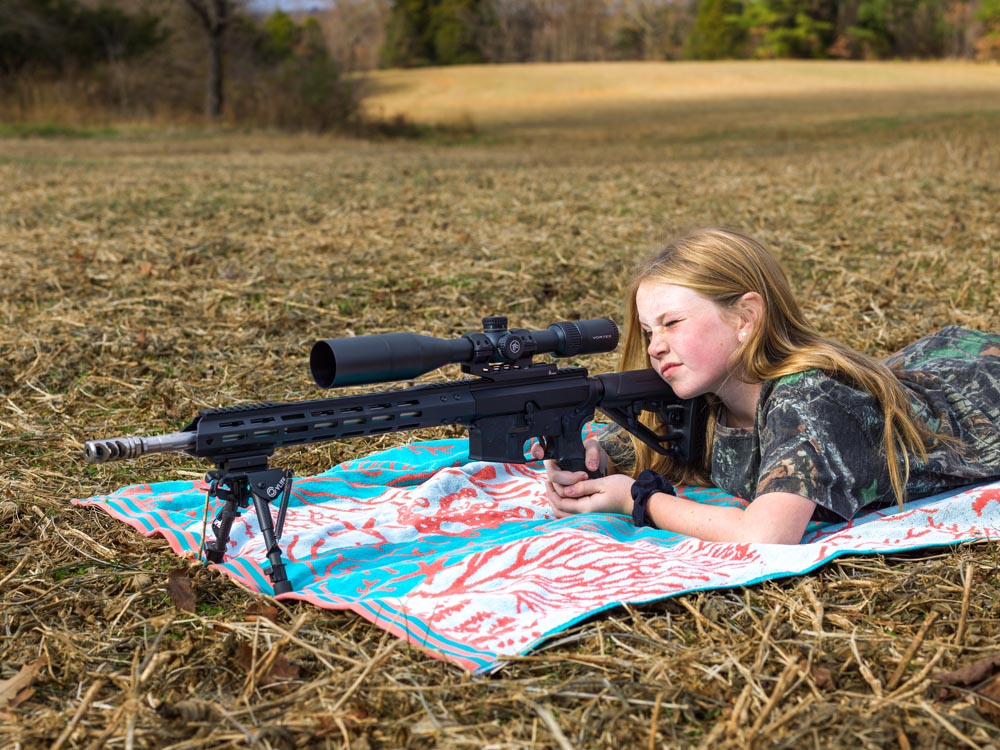
Alivia (Shooting), 2022, Archival Pigment Print, 18x24"
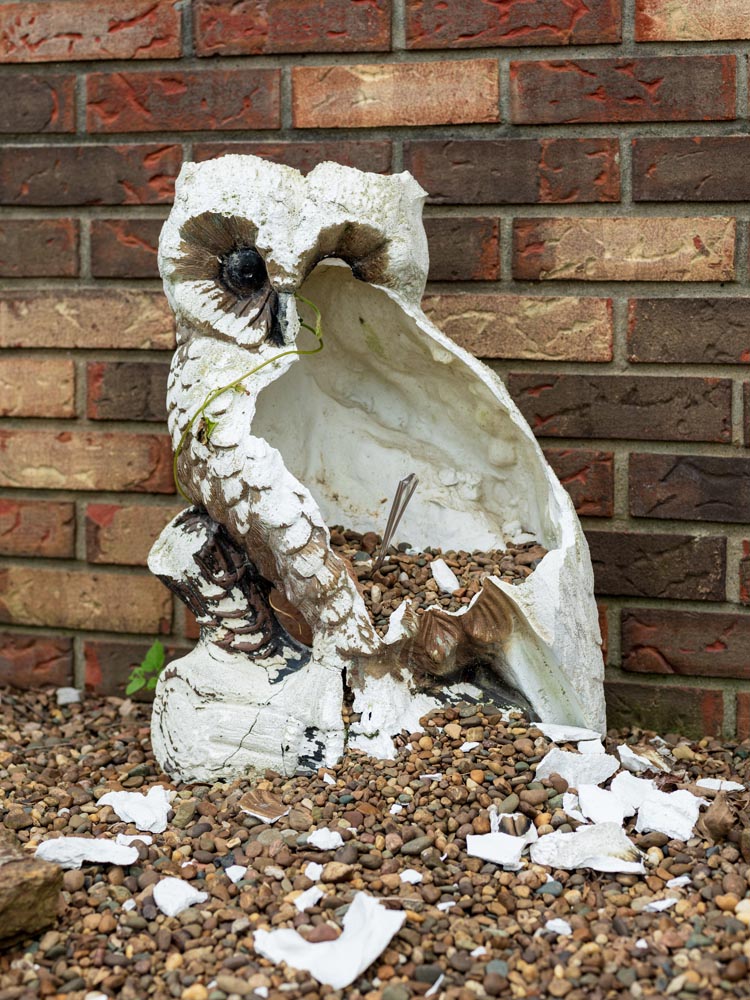
Broken Owl with Fork, 2017, Archival Pigment Print, 18x24"
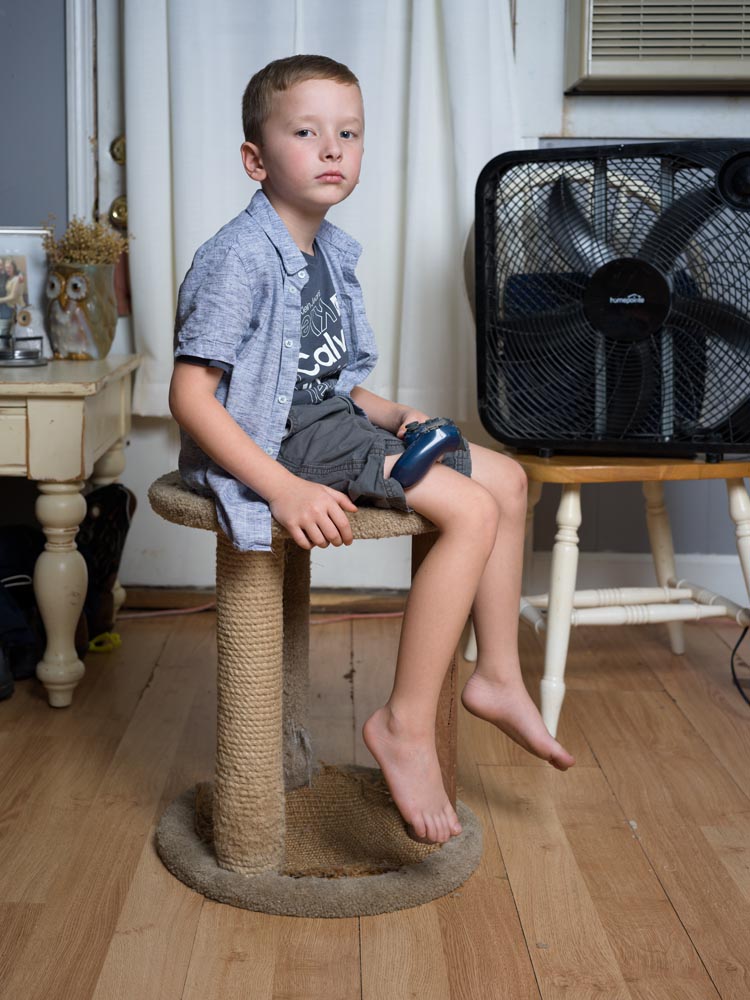
Jasper, 2023, Archival Pigment Print, 18x24"
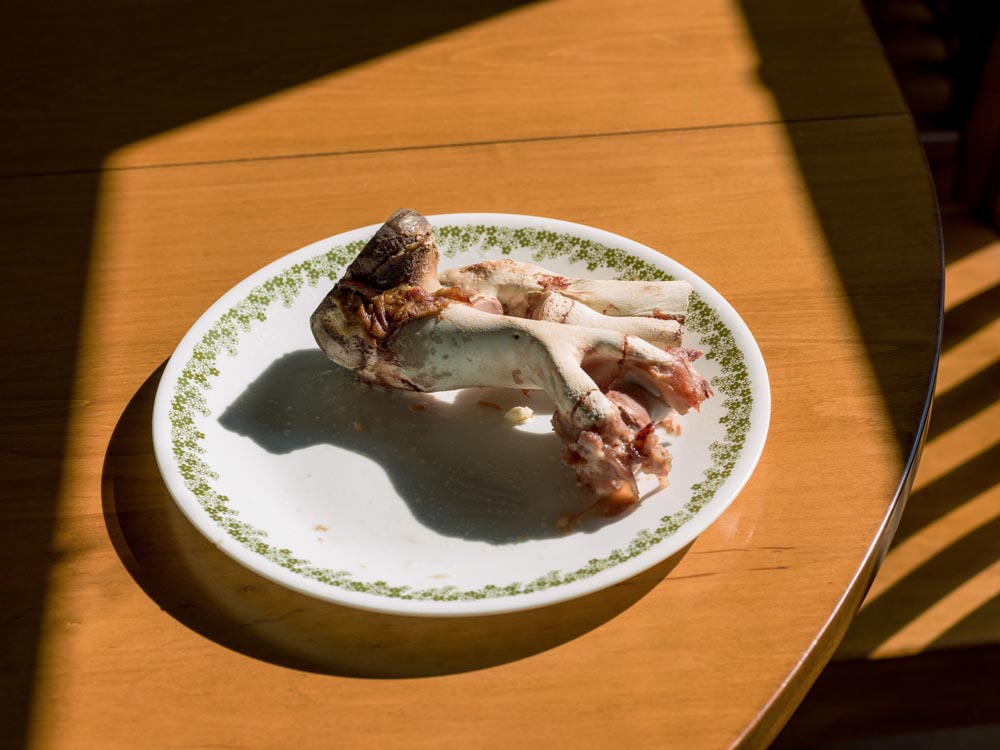
Ham Bone After Sunday Supper, 2023, Archival Pigment Print, 18x24"
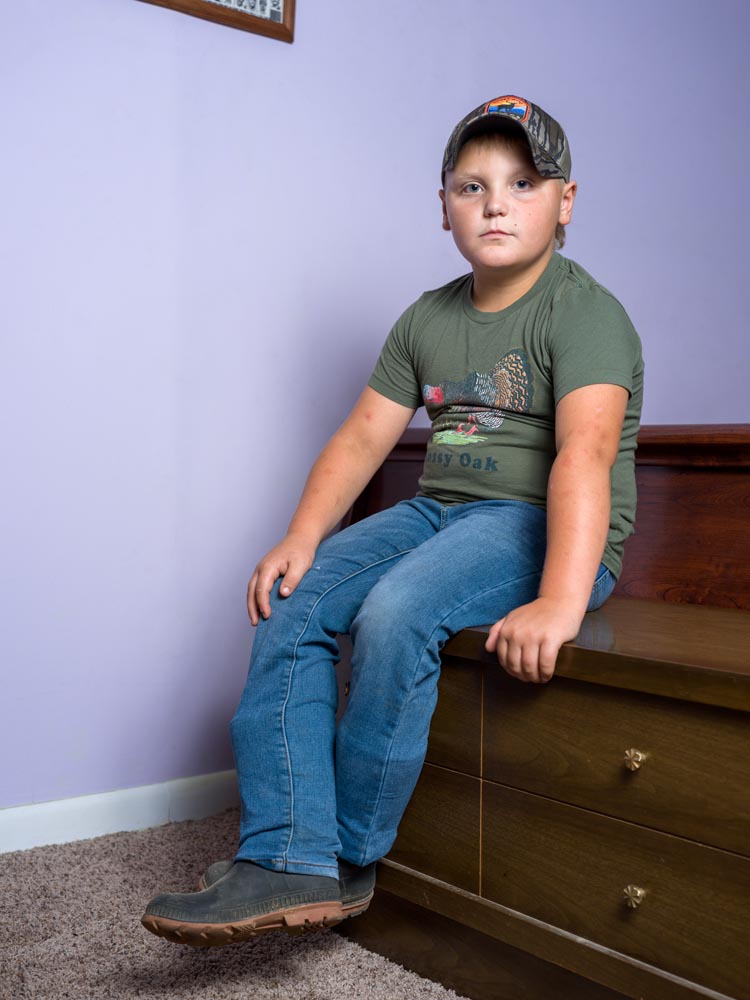
Kaden in His Bedroom, 2023, Archival Pigment Print, 18x24"
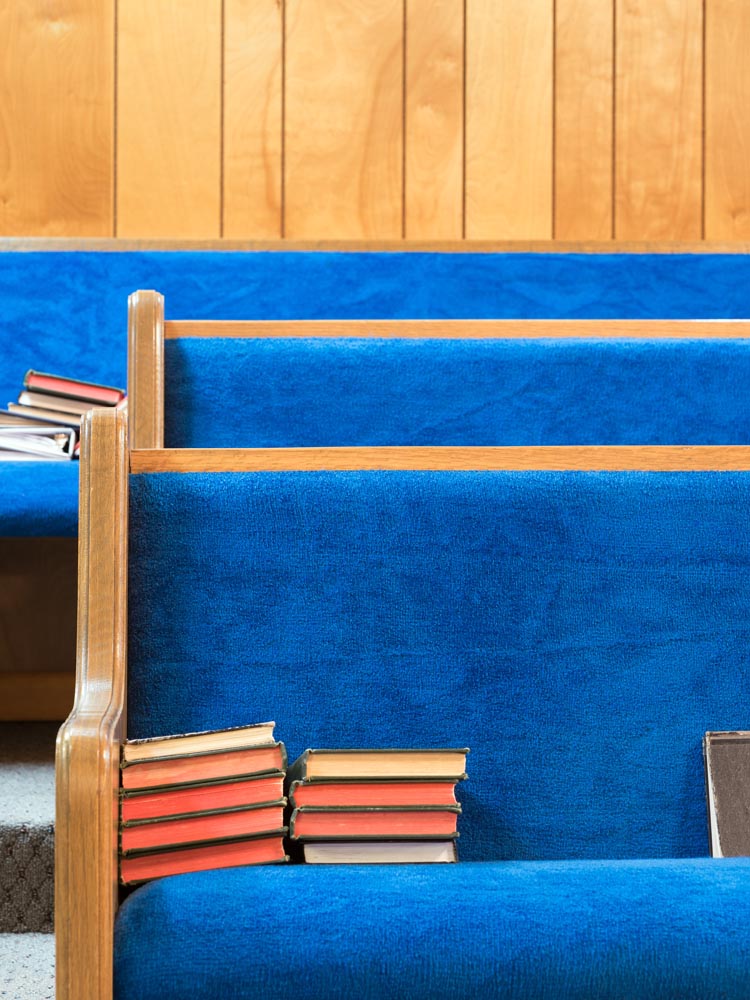
Church Hymnals, 2018, Archival Pigment Print, 18x24"

Three Sisters, 2023, Archival Pigment Print, 18x24"
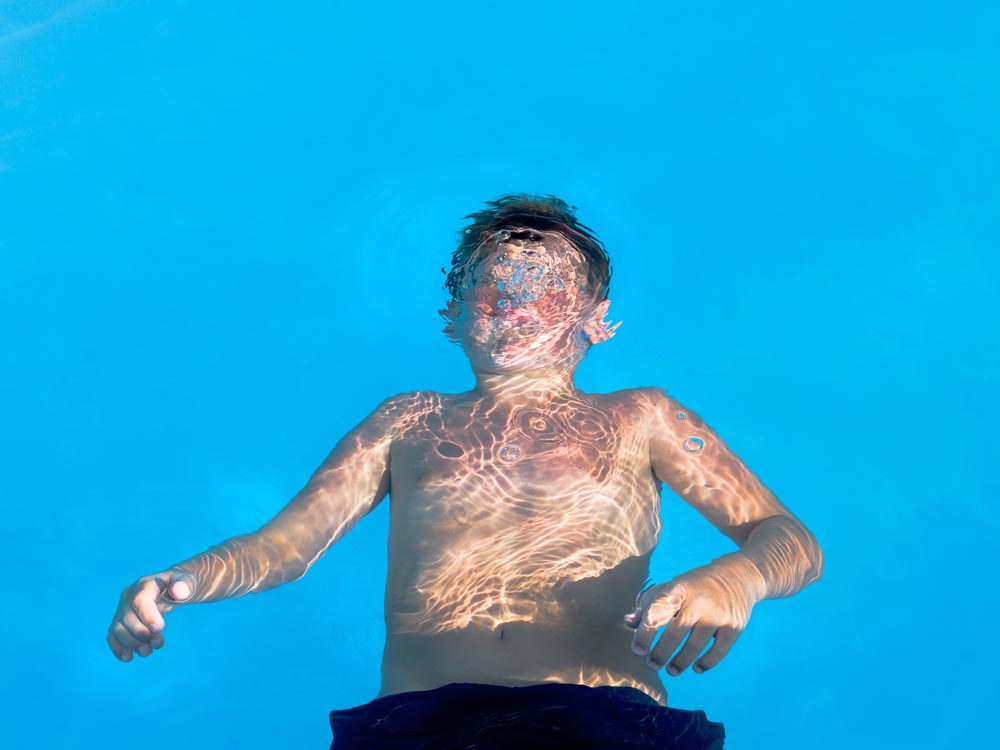
Owen Underwater, 2018, Archival Pigment Print, 18x24"
Artist Statement
Maybe Tomorrow is a decade-long, lyrical documentary project centered around my partner’s hometown in rural western Kentucky that explores the complexity of the meanings assigned to, or assumed of, the region by both its residents and outsiders. Curious about my partner Erik’s continued ambivalence about returning to his home after building a life here in New York, I began to photograph this community, which we return to every summer.
As a queer man from the Northeast, I was viewed as an outsider, sometimes with suspicion, sometimes with plain curiosity. In our uneasy shared gaze, we had not seen the likes of each other before. I discovered that inviting people to sit for a portrait became a point of connection and a point of entry to an unfamiliar world beyond my own that sometimes felt unsafe. Building on the portraits, I began to make landscapes and still lives to document where and how these individuals lived. The more I got to know this community–one that is still largely segregated–I had to grapple with, and resolve, my own personal prejudices about who these people were and what this region represented. My images and ideas about this place have grown beyond the initial ones of ruin and poverty, which punctuate the land. The longer I immersed myself in this world, the more I was able to see the complex relationships between the rough edges of rural life and the beauty of the landscape from which that life sprung, and the culture that seeks to preserve it.
This complexity manifested in my range of image subjects as I worked my way below the surface of notions of regional politics, history, and religion–a complicated convergence which celebrates, defines, and oftentimes traps a region and its people in unyielding identities, or forces those who don’t fit in to leave. But not without some sorrow. Maybe Tomorrow is ultimately an open-ended narrative about the ways in which place inevitably drives who we become and the ways in which we seek to understand the homes we can’t quite leave behind.
Hey there, this is the default text for a new paragraph. Feel free to edit this paragraph by clicking on the yellow edit icon. After you are done just click on the yellow checkmark button on the top right. Have Fun!
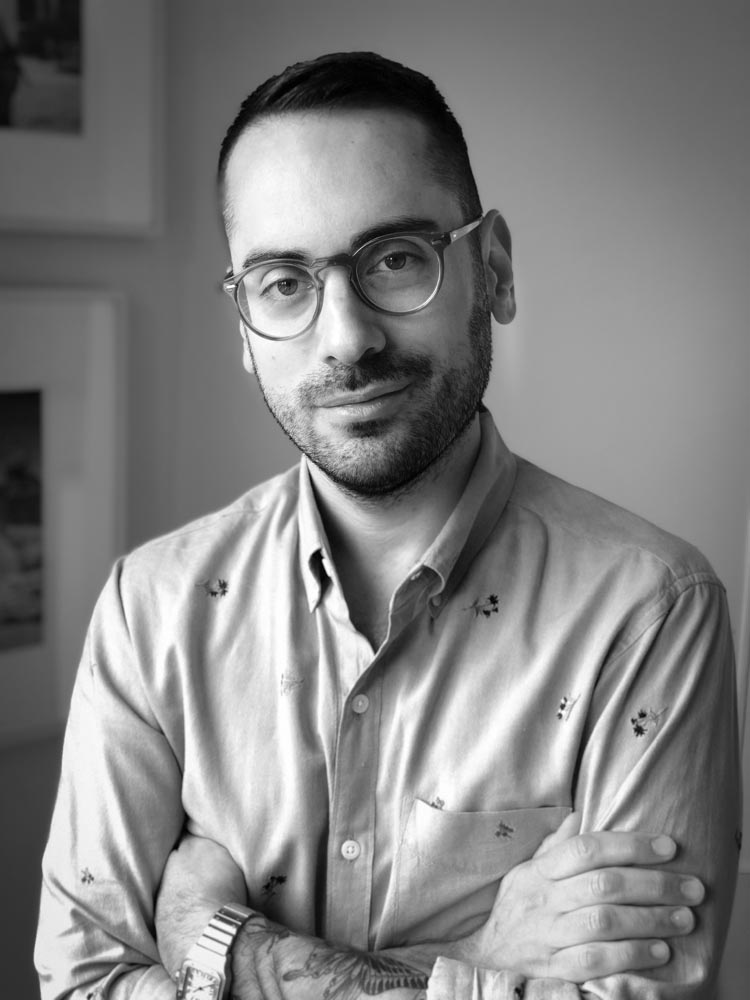
Sign Up for Our Mailing List
Sign Up for Our Mailing List
To Receive Grant Cycle Deadlines and Winner Announcements
To Receive Grant Cycle Deadlines and Winner Announcements